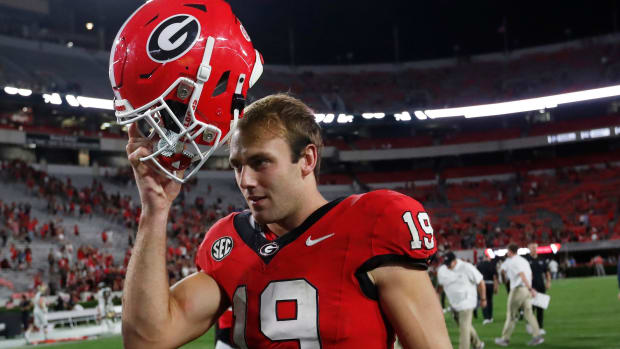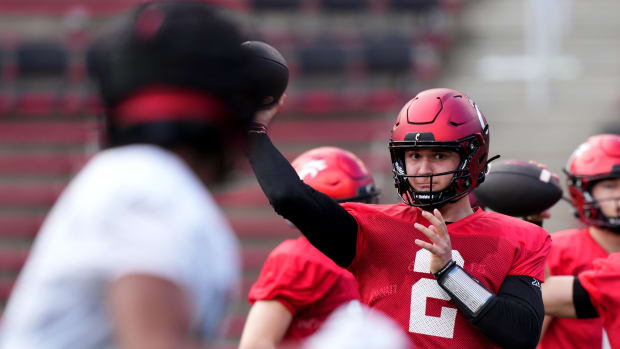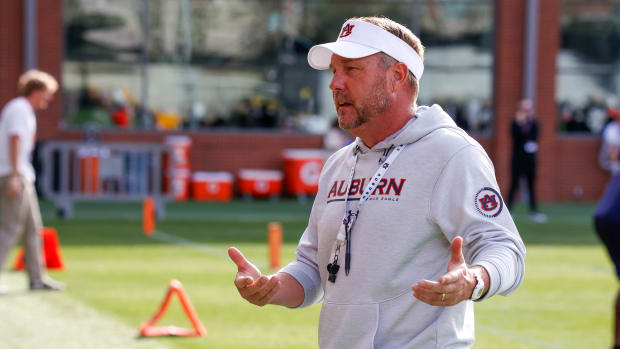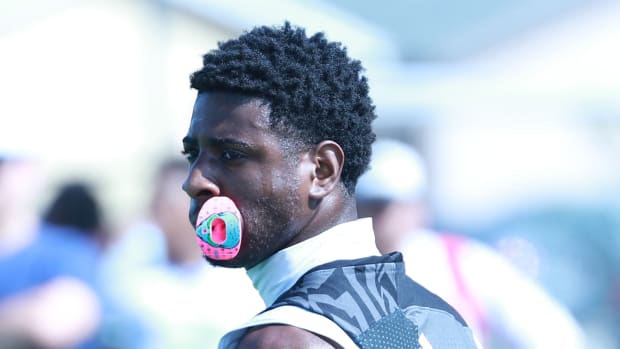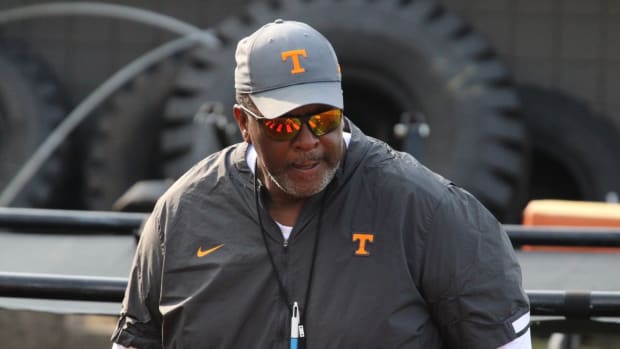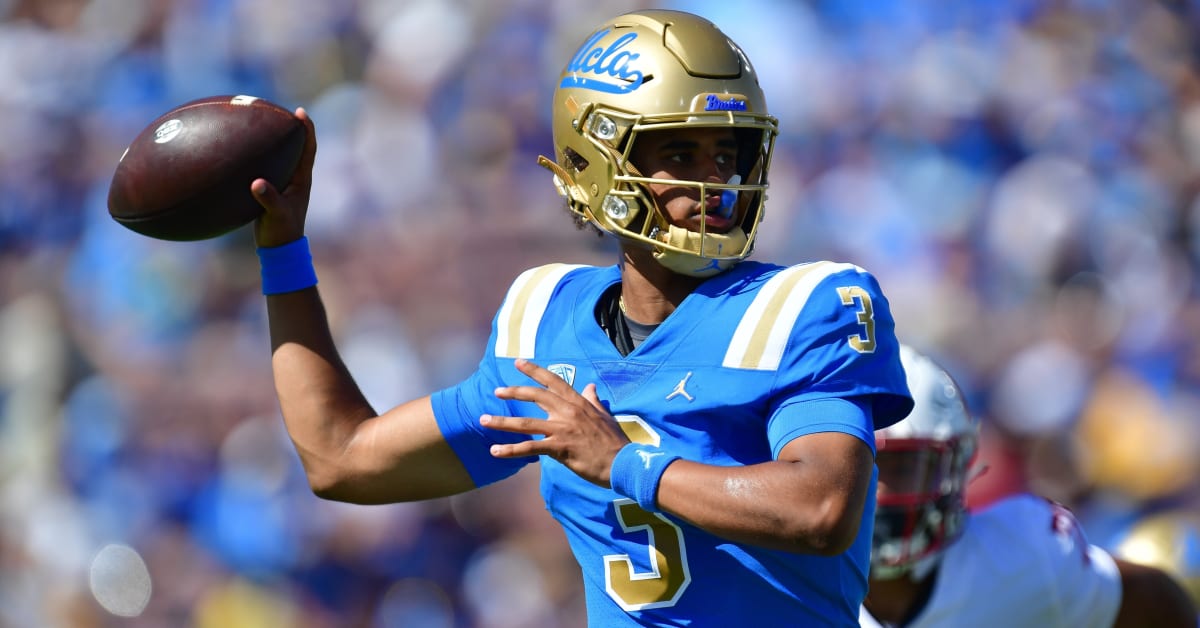
The Fix for College Football’s National Signing Day Dilemma
As college football coaches introduce their latest recruiting classes this week, they should all take the opportunity to lobby for something their profession desperately needs:
A union.
Not for them. For the players.
As many coaches have said publicly and most probably feel privately, college football is in a perpetual state of anarchy. At the moment, player movement from team to team is basically unrestricted, and name, image and likeness deals are used as a wink-wink recruiting tool, even though that is against NCAA rules. That has created an environment where everybody can be a free agent all the time—and where hitting the open market is more lucrative than staying committed to one place.
Developing talent is harder to do than ever before, because talent doesn’t stay put. A year ago, UCLA and USC signed quarterbacks who were ranked among the top 10 recruits in the country. Malachi Nelson backed up Heisman Trophy winner Caleb Williams at USC, then entered the transfer portal. Dante Moore threw 213 passes for the Bruins as a true freshman, then chose to transfer to Oregon, where he will compete for the 2024 job against transfer portal Hall of Famer Dillon Gabriel.

Moore was a five-star recruit in the 2023 class, played nine games for UCLA as a freshman and has now transferred to Oregon.
Gary A. Vasquez/USA TODAY Sports
Gabriel’s career, in a (rather large) nutshell:
He started for three years at UCF in the American Athletic Conference before announcing he would transfer to a Pac-12 school, UCLA. Then Gabriel changed his mind and went to a Big 12 school, Oklahoma, which then announced it would join the SEC, paving the way for UCF to join the Big 12, which it did this year. Now Gabriel will head to Oregon, where he will do what he would have done if he had stuck with his commitment to UCLA: Play in the Big Ten.
College football is, of course, all about tradition.
You can probably see why coaches are having a hard time navigating the landscape these days. This does not mean you should feel bad for them. Head coaches earn millions annually to coach athletes who generally earn a lot less, even with NIL deals. This isn’t about sympathy or even empathy. It’s about coaches looking out for their own interests.
Coaches want some semblance of order. They want clear rules and sensible guardrails. But as long as the NCAA insists that athletes are just students, not employees, courts will treat them like students, which means allowing them to do pretty much as they please. The recent temporary restraining order allowing all transfers to play immediately was just another example. The judicial system tends to frown upon cartels that restrict the rights of individuals, and federal agencies are likely to do the same.
But if college football players were employees in a union, they would be subject to the parameters of a collective bargaining agreement. Just as professional teams can’t just throw money at a player who is under contract with another team, schools could bargain for rules that give their teams more stability.
They could, for example, try to limit how many transfers each school could sign in a given year, or even restore the rule requiring transfers to sit out a year. They would just have to give up something to get it. That’s how collective bargaining works.
The NCAA (which, we remind you again, is just an association of member schools) is determined to not declare that athletes are employees. This is why, when NCAA president Charlie Baker recently proposed that schools could compensate athletes directly, he framed the payments as “educational trust funds” for “student-athletes.” Under that premise, $30,000 per student sounds generous. But valued employees in a multibillion dollar industry would expect to get paid market value, which is a hell of a lot more than $30,000.
The NCAA is going to lose the fight over employee status. The only real questions are when, how and what happens after that. More than two years ago, National Labor Relations Board general counsel Jennifer Abruzzo issued a memo declaring schools were “misclassifying” many players by calling them “student-athletes,” and further declared that certain players “are employees under the National Labor Relations Act, and, as such, are afforded all statutory protections.” That wasn’t the official end of the ball game, but it was a warning to schools of how it will end.
We don’t know whether college football will develop into a pure legal marketplace of employers openly bidding to hire workers, or something in the area between the current system and the pros. But at some point, players will be employees. Like employees in every other North American sport, they will presumably form a union. It will be in players’ best interests—and coaches’ as well.
